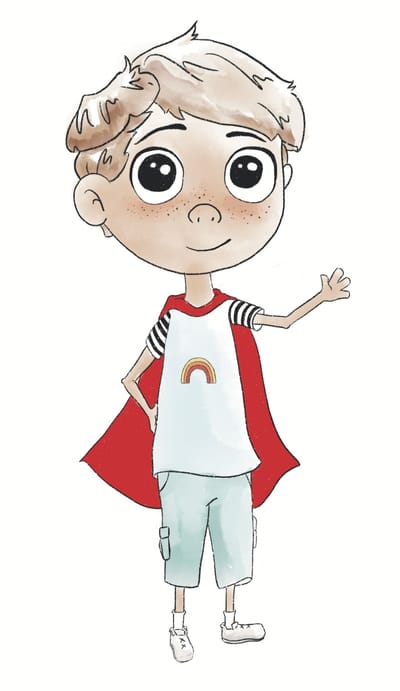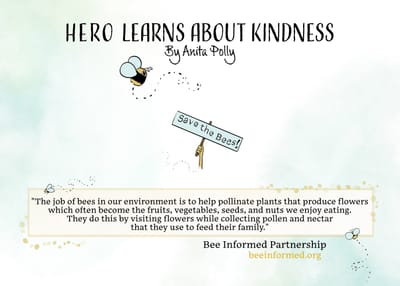Start young
You can't suddenly spring responsibility on a child and expect them to know how to follow through. Start by giving them small tasks like putting away their toys or making their bed.
Be a good role model
One of the best ways to engender responsible behavior is to be a good role model with your own possessions – put your car keys where they belong instead of on the dining room table, and tidy up your stack of magazines instead of leaving them all over the couch.
Choose age-appropriate tasks Give your child appropriate chores for their age and abilities. For example, a 4 year old might be able to help set the table, while an 8 year old might be able to help with yard work.
Create opportunities Household chores can be the perfect arena for teaching responsibility. You're the supervisor, so there's no risk of your child failing in public, yet they can complete a task on their own.
Provide tools that support responsibility Does your child have the tools they need to be organized, on time and self-disciplined? Find tools that will shift those responsibilities onto your child.
Let your child exercise autonomy
If you always do your child's thinking for them, they'll never get the chance to learn. Let your child exercise this ability. If you constantly remind them about things, they won't grow and understand that they need to remember things on their own.
Stepping back
Stepping back also means letting kids occasionally fail, which can help build their resilience. Choose low-stakes moments to let them flounder.
Provide feedback
Be sure to provide frequent, clear, concrete feedback about your child's efforts; tell your child precisely which behaviors did or did not work well, then give your child a chance to fix them.
When teaching responsibility, it's important to remember that it's not just about getting things done – it's also about developing character traits like honesty and dependability that will serve your child well throughout their life.





